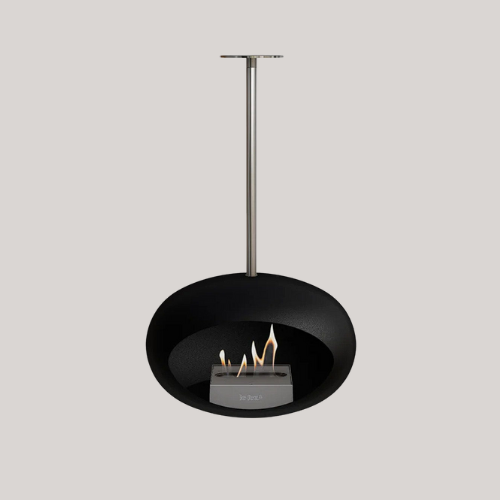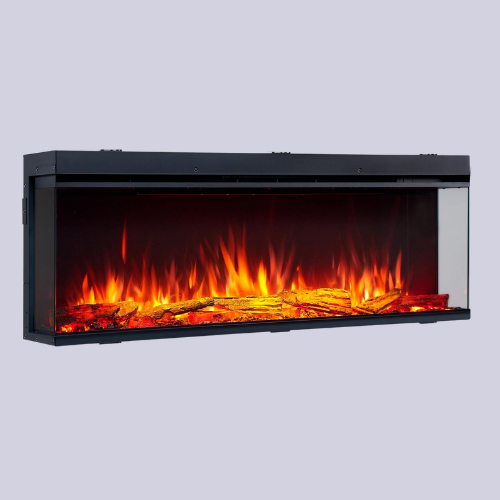"Can I Get Rid of My Fireplace? How Easy Is It?" Here's What You Need to Know, From Regulations to Cost, Before You Consider It
If you want to say goodbye to your fireplace, but aren't sure how, our architects have all the advice you need

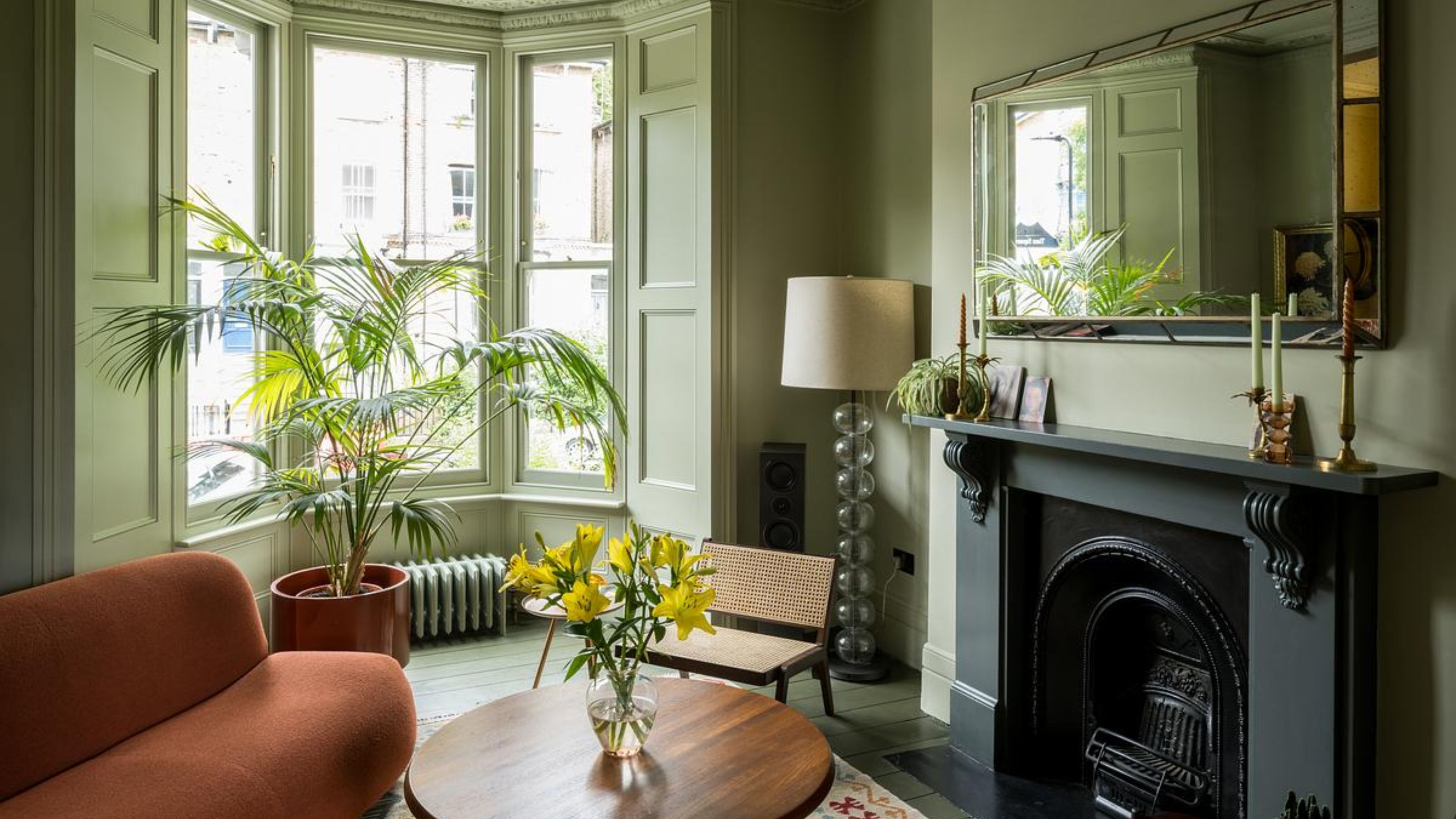
One man's trash, another man's treasure. It's a saying that holds its weight in a number of circumstances. And when I hear someone complaining about their home's old fireplace, it's the first thing that comes to mind.
While my personal love for a grand, traditional fireplace may blur my judgment, there's no denying that these traditional features are not suited to every design style, and removing one might free up valuable space to improve the layout of your home dramatically.
But what actually is the process of removing a fireplace like? And, most importantly, is it even an option? Well, according to our expert architects, it certainly is. First up though, you need to ask the question — do I just want to remove the actual fireplace (ie. the hearth), or the chimney breast itself. They're often referred to interchangeably, but come with very different requirements. A fireplace hearth is largely a cosmetic change, after all, but the chimney breast is structural, and will require Building Regulations involvement, and potentially even a Party Wall Agreement and Planning Permission. Less straightforward.
I've asked the experts for their advice, and they've shared a full run-down of what to expect, as well as what to consider before you make your decision, so you can know exactly what you're getting yourself in for.
Can You Remove A Fireplace?
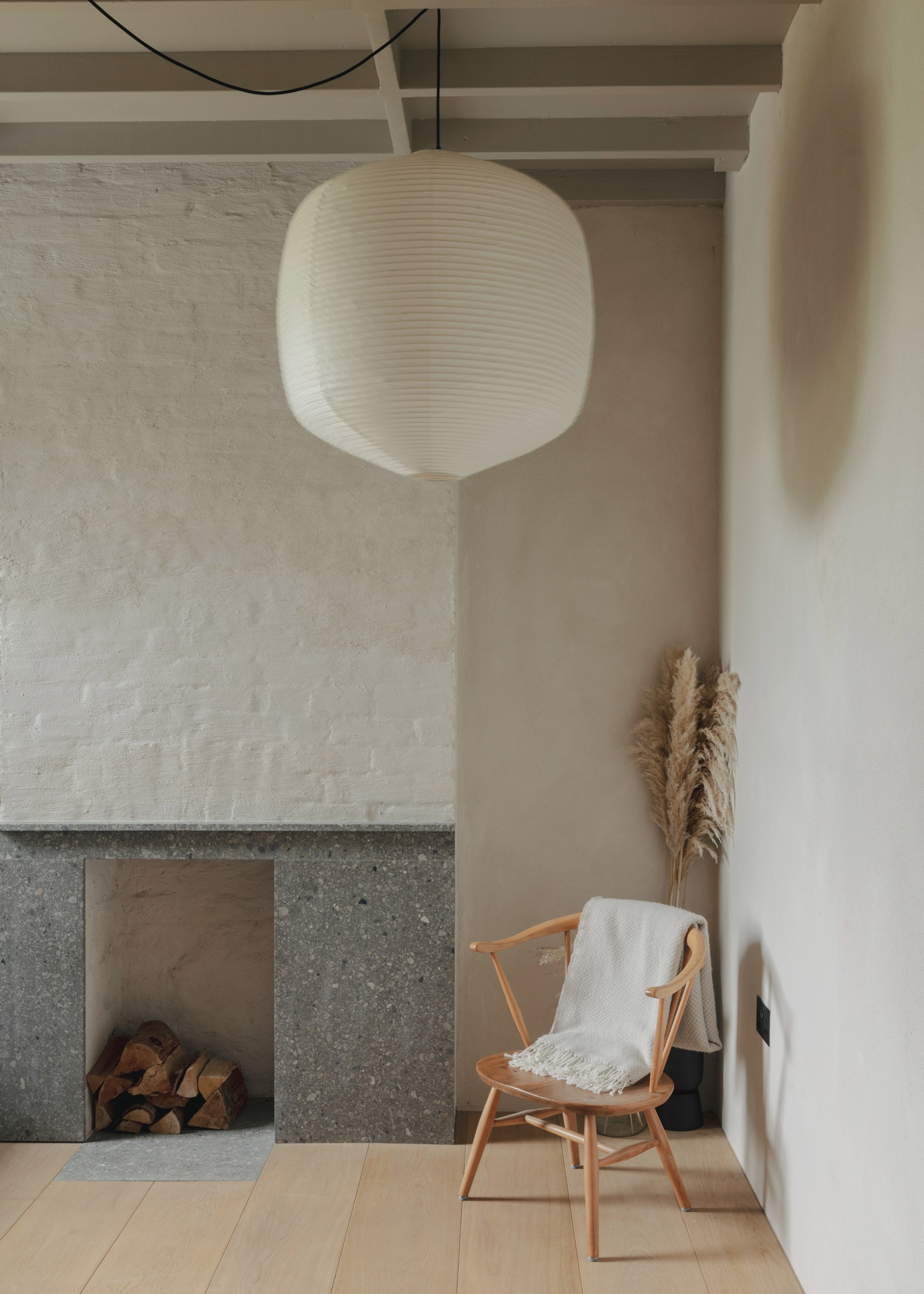
So, let's dive straight in and answer the question you're all here for - can you remove a fireplace?
And, as you may have expected, the answer isn't necessarily straight forward.
Ben Ridley, founder of Architecture for London, explains, "Generally, you can remove a fireplace and even a whole chimney breast, but it’s always worth seeking professional advice first as there may be structural issues to consider, and there may also be asbestos present."
The Livingetc newsletters are your inside source for what’s shaping interiors now - and what’s next. Discover trend forecasts, smart style ideas, and curated shopping inspiration that brings design to life. Subscribe today and stay ahead of the curve.
While it is certainly possible, the intricacies around it mean it's not as simple as just ripping it out and patching it up, and doing so could be a serious architectural mistake. There are serious structural problems that could arise as a result, and as Ben mentions, you may run the risk of exposing yourself to dangerous asbestos in the process.
The ease of the process will also depend on what it is exactly that you want to remove. As Paul McManus from McManus Kitchen and Bath explains, "In fact, removing the visible part of the fireplace... the hearth, the surround, the firebox etc. is the easier part. Removing the chimney and patching the roof are harder."
This process of removing a chimney breast is almost always going to require Building Regulations control, the help of the structural engineer, and possibly a Party Wall Agreement if it's on a shared wall, which they often will be in terraced or semi-detached houses. If your house is listed, or in a conversation area, you might even need planning permission.
Basically, it's not a swing a hammer and find out sort of job — this is a task that needs professional input.
Ben founded Architecture for London in 2009 and has since designed a number of widely published and award-winning projects. He leads on design, sustainability, practice management and strategic direction. He is a Passivhaus designer with significant technical expertise in the design of low energy buildings. He was a member of the jury for the RIBA / Grand Designs House of the Year Award 2022, and was a member of the peer review panel for the 2024 'Don't Move, Improve!' awards.
Can I Remove My Fireplace Myself?
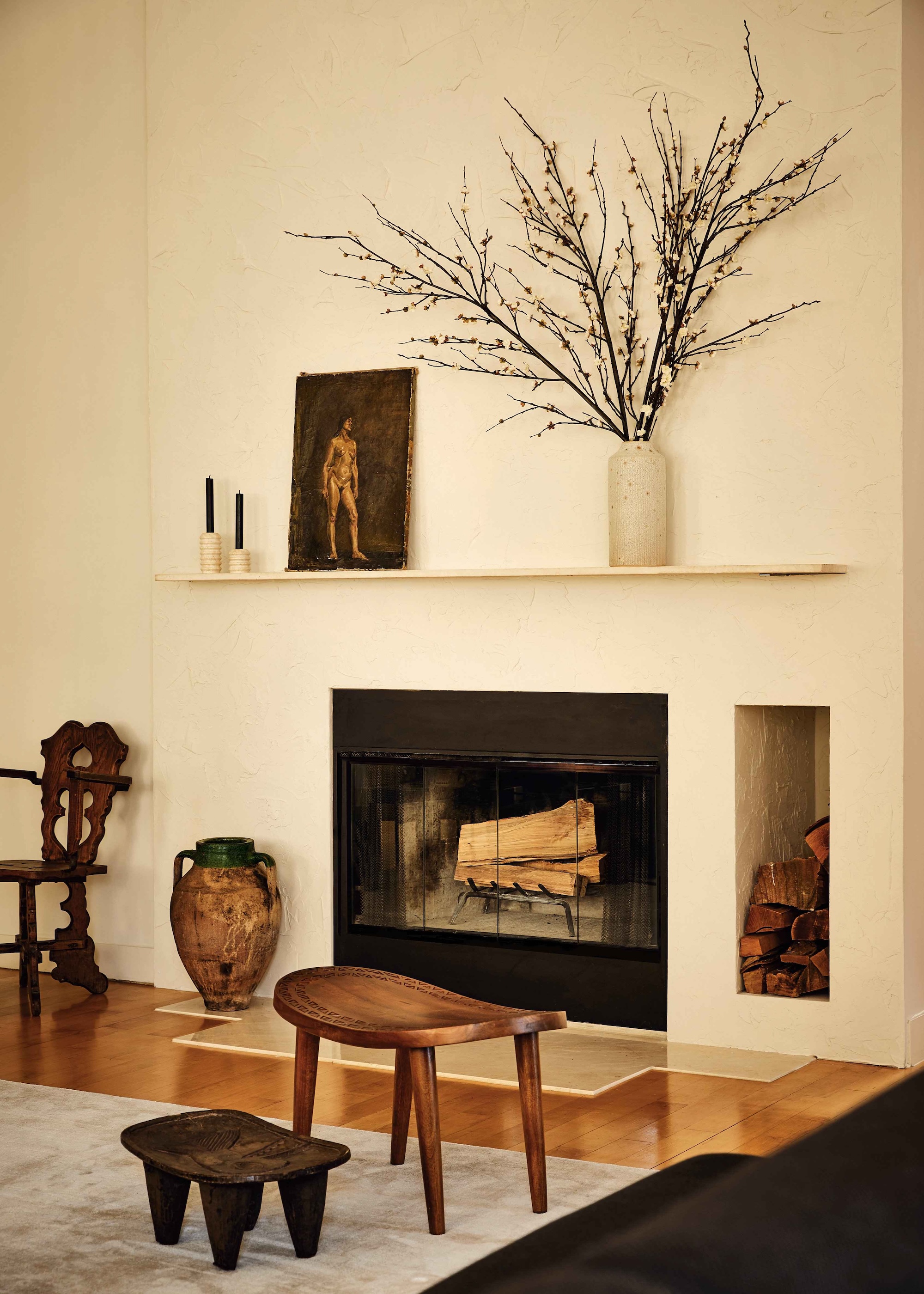
This decision, in regards to a fireplace hearth, will depend on the type you have. As Aiste Dzikaraite, a London-based architect and founder of Floa Design, explains, "Removing an electric fireplace is an easy living room DIY project. Gas fireplaces and old school wood burning fireplaces will need professional help."
Removing an electric fireplace is as easy as unplugging and moving it away, while the other, more permanent styles will require a little more work.
Gas fireplaces, while still complex, are considerably easier to remove than a traditional brick fireplace. "There are two types of gas fireplaces," explains Paul, "vented and ventless. Vented gas fireplaces still have a flue but usually a lightweight metal flue that is much easier to remove than a brick one."
Brick fireplaces, however, especially ones with ceramic flues, can be an expensive and time-consuming process, one that requires a professional hand.
When in doubt, though, Ben says, "I’d advise seeking input from an engineer, and either an architect or a surveyor, depending on the complexity of the work."
Aiste Dzikaraite, former leading architect at Zaha Hadid Architects for over a decade, has crafted iconic buildings for an elite clientele worldwide. She is dedicated to creating the unseen, and has used her architectural skills in her jewellery collection, Floa Design
How Much Should Removing A Fireplace Cost?
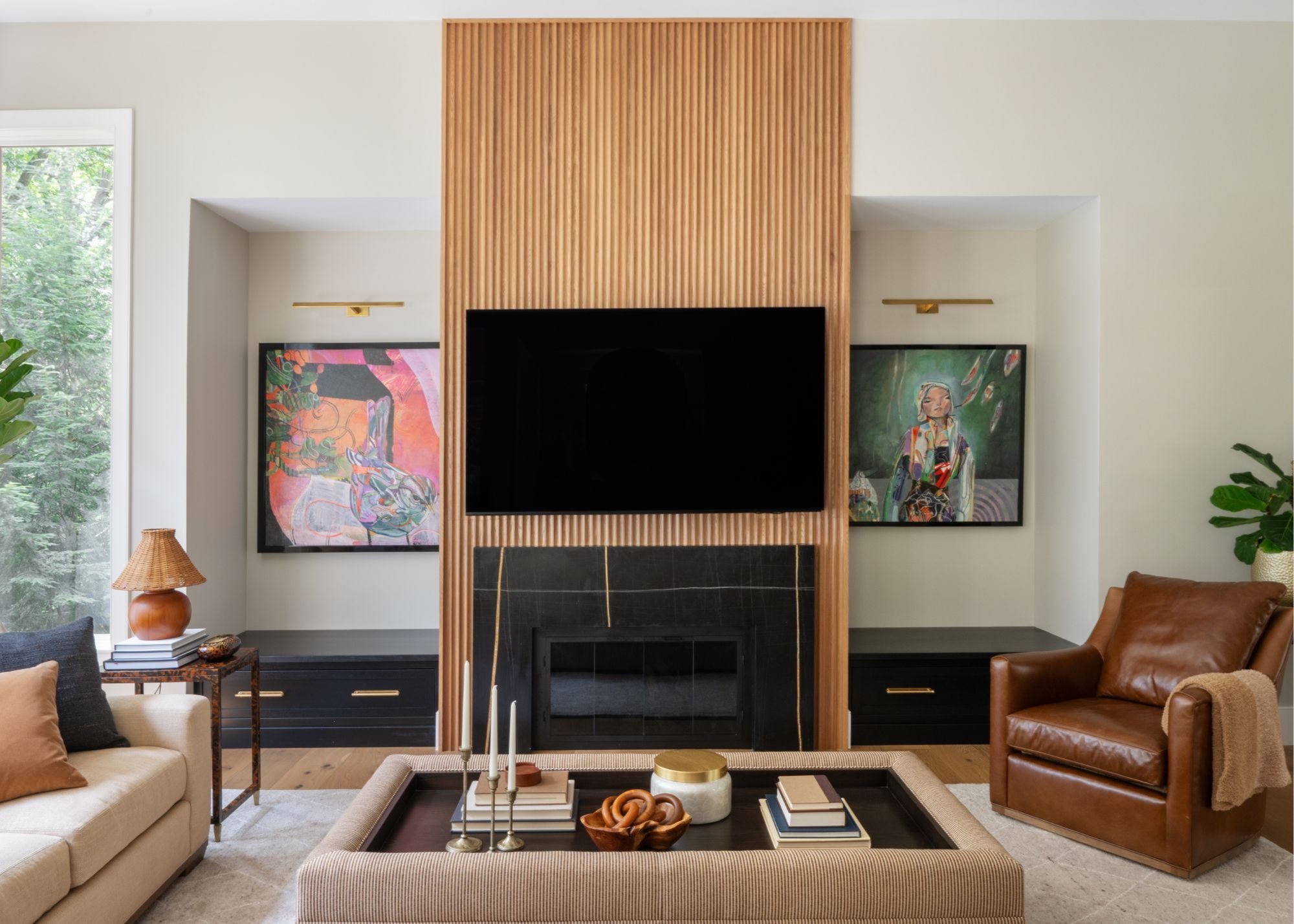
Before you call up an engineer, you may want to have a ballpark figure for how much this is all going to cost you.
As you'd expect, the number can vary quite drastically, as Ben explains, "It might cost only £500 for a simple Edwardian or Victorian fireplace removal, but it could cost up to £8,000 for a complete chimney breast removal including the cost of new supporting steelwork."
Not only will the final figure reflect the finish and fireplace makeover you're asking for, but it will also be dependant on the way the fireplace is installed into your home. Aiste says, "It really depends on the type of fireplace, how it is integrated into the house structure and how many floors it reaches. Consider £300 - £5000."
What to Consider Before Removing Your Fireplace

Removing a fireplace is a large undertaking, not just in terms of the work involved, but also in the way it can transform your space. But before you fully commit to this decision, it's best to consider all the potential variables involved.
Firstly, Aiste says, "You have to consider structural stability, exposure to harmful materials and dust." The risk of asbestos and other harmful materials will be particularly prevalent in older, converted properties, and in this situation, the risk is likely not worth the reward.
The structural role of your fireplace is also something that can easily be overlooked, but, as Aiste explains, "Chimneys often support walls that hold the roof," so removing this could damage the structural integrity of your home at large.
A less drastic, but also important point to consider is the way the removal of a fireplace can throw off the balance of a room. This is something you can certainly plan around, but it should be held in mind before you commit to the excavation.
There are also several other logistical issues to look into before you get to work. Ben says, "Leaseholder consent, listed building consent or building control approvals may also be required depending on the extent of the work and the type of property."
There are also certain circumstances in which the experts wouldn't recommend removing your fireplace at all. Aiste says, "I would advise keeping it if it gives functional value for ventilation. Also keep it if it is a unique historical house. It will add value to your home for when you sell later."
If removing a fireplace sounds akin to throwing out a pot of gold, don't worry, we have plenty of pro-fireplace ideas for you to browse, like these gorgeous modern farm-house fireplace ideas.

Maya Glantz is a Design Writer at Livingetc, covering all things bathrooms and kitchens. Her background in Art History informed her love of the aesthetic world, and she believes in the importance of finding beauty in the everyday. She recently graduated from City University with a Masters Degree in Magazine Journalism, during which she gained experience writing for various publications, including the Evening Standard. A lover of mid-century style, she can be found endlessly adding to her dream home Pinterest board.
